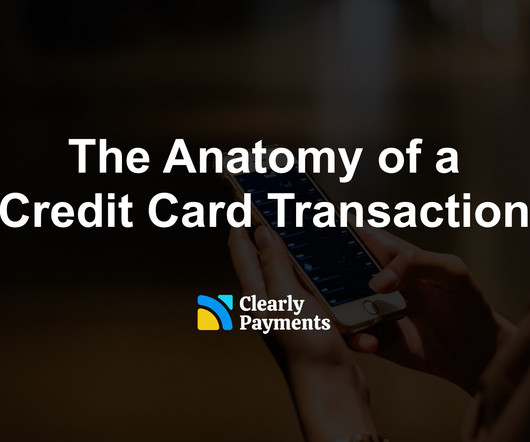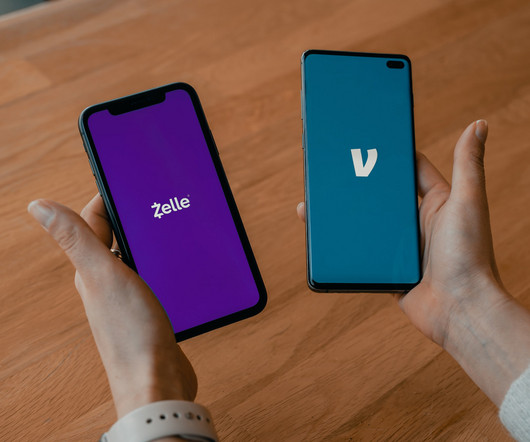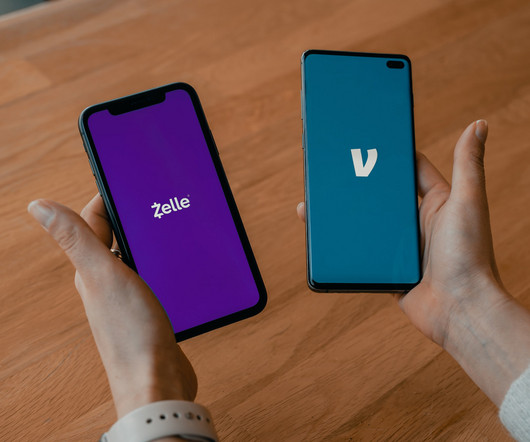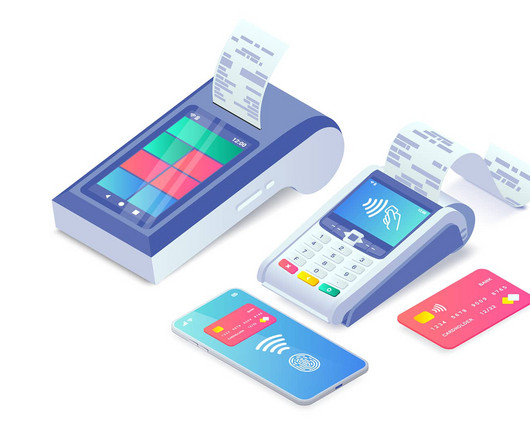The Anatomy of a Credit Card Transaction
Clearly Payments
MARCH 14, 2025
It involves the following process: Cardholder Initiates Payment : The cardholder presents their card at the point-of-sale (POS) terminal , online checkout, or mobile payment system. Point-of-Sale (POS) Systems Hardware terminals that accept EMV chip, magnetic stripe , and contactless payments.















Let's personalize your content